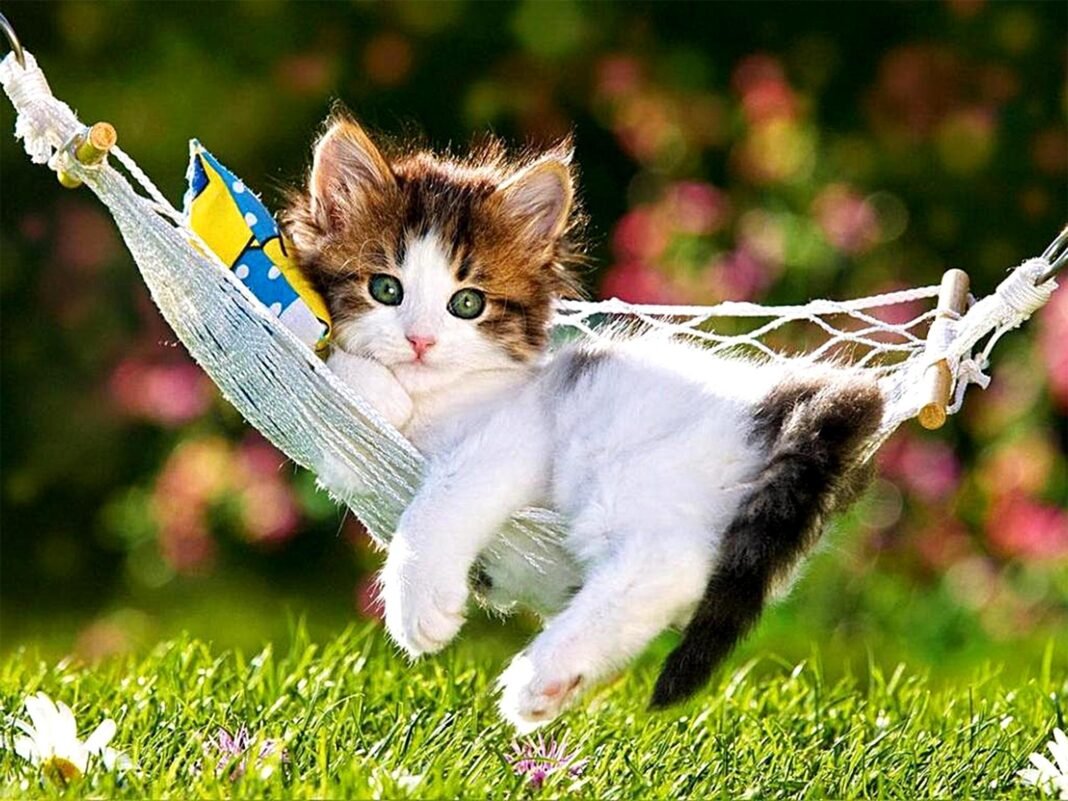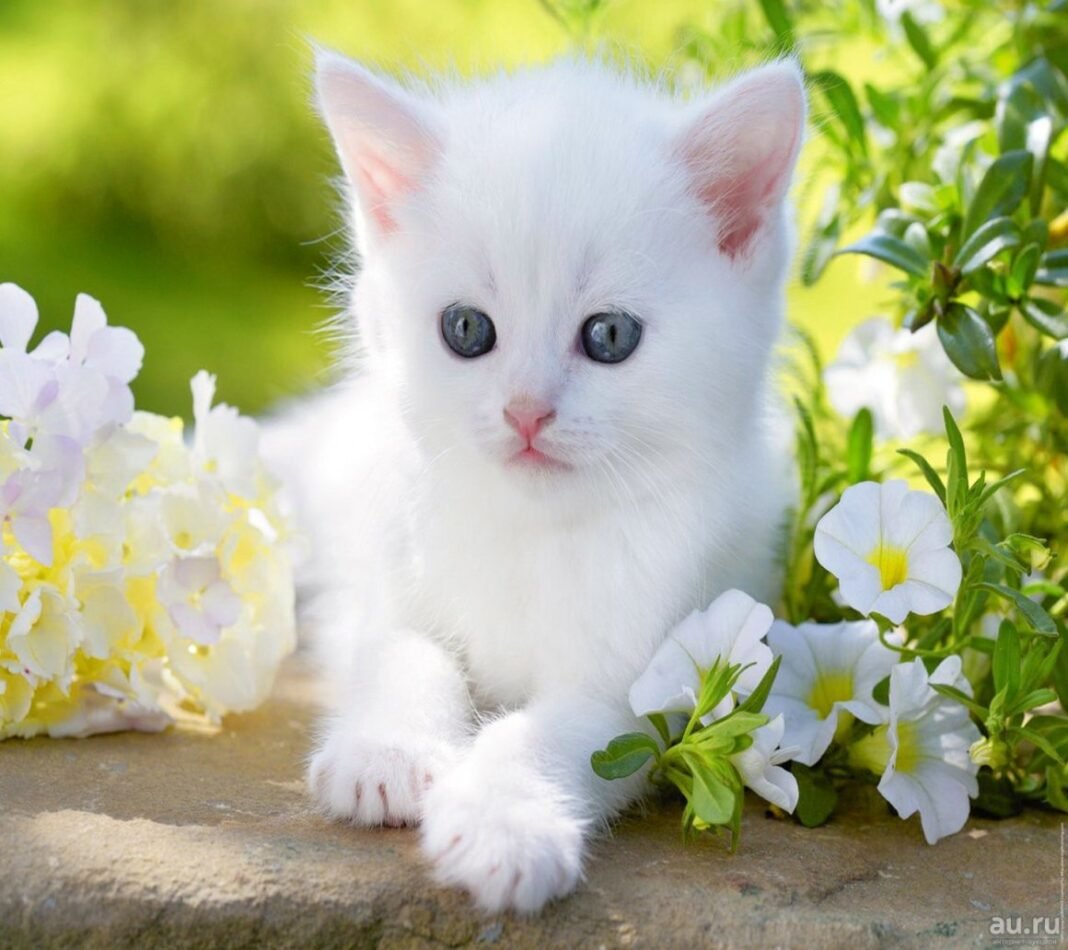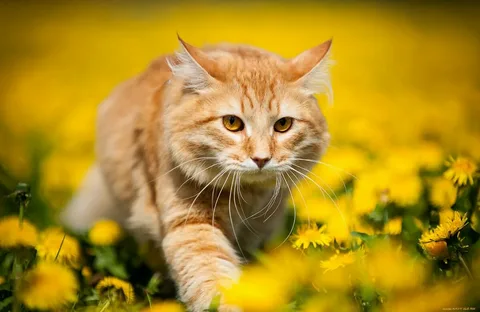Photographing cats can be a rewarding yet challenging experience. Unlike trained pets, cats often have a mind of their own, making it difficult to capture the perfect shot. However, with the right approach and preparation, you can encourage cooperation and create stunning feline portraits. In this guide, we will explore techniques to help your cat stay engaged and comfortable during a photoshoot.
Understanding Cat Behavior Before a Photoshoot
Cats are independent creatures with unique personalities. Observing their behavior can help you plan a photoshoot that aligns with their comfort levels.
Key Factors That Influence Cat Behavior
- Energy Levels: Some cats are more active during certain times of the day. Identify when your cat is most calm.
- Environment: A familiar space helps cats feel secure, reducing anxiety.
- Personality: Shy cats may require a gentler approach, while playful cats may enjoy interactive sessions.
Creating a Comfortable Photoshoot Environment
A relaxed cat is more likely to cooperate. Ensuring their comfort will make your photoshoot smoother and more enjoyable.
Steps to Make Your Cat Feel Secure
- Choose a quiet, familiar location free from distractions.
- Use a soft blanket or cushion to create a cozy setup.
- Allow your cat to explore the area before starting the shoot.
- Keep other pets and loud noises away during the session.
For more indoor setup tips, check out our guide on How to Take Professional-Quality Cat Photos at Home.
Using Treats and Toys to Encourage Engagement
Cats respond well to positive reinforcement. Treats and toys can be used to capture their attention and create natural expressions.
Recommended Methods
Treats:
- Offer small, irresistible treats to reward cooperation.
- Use a slow-feeder to keep them engaged for longer.
- Avoid overfeeding to prevent distractions.
Toys:
- Feather wands and laser pointers can stimulate playful expressions.
- Noise-making toys help maintain focus without startling the cat.
- Catnip-filled toys can encourage relaxed poses.
Patience and Timing: The Key to a Successful Shoot
Cats cannot be forced into cooperation. The best approach is to work around their schedule and allow them to act naturally.
Best Practices for Timing
- Schedule the photoshoot after playtime to ensure your cat is calm.
- Observe their daily routines and plan accordingly.
- Keep sessions short (10-15 minutes) to maintain their interest.
For more tips on capturing natural expressions, check out our guide on What Are the Best Poses for a Cat Photoshoot.
Camera Techniques to Capture the Best Shots
Even with a cooperative cat, using the right camera settings can significantly improve the quality of your photos.
Recommended Camera Settings
- Shutter Speed: 1/250s or higher to capture movement.
- Aperture: f/2.8 – f/5.6 for a soft background effect.
- ISO: 400-800 for indoor shoots, 100-400 for outdoor settings.
- Focus Mode: Continuous autofocus (AF-C) for tracking movement.
Avoiding Common Pitfalls in Cat Photography
Understanding and preventing common mistakes will lead to a smoother photoshoot experience.
Mistakes and How to Overcome Them
- Forcing Poses: Let the cat move naturally instead of trying to position them.
- Using Flash: Avoid direct flash as it can startle the cat and cause red-eye.
- Ignoring the Cat’s Mood: If the cat seems anxious, take a break and try again later.
Conclusion
Getting a cat to cooperate during a photoshoot requires patience, understanding, and a comfortable environment. By using treats, toys, and the right timing, you can capture stunning feline portraits effortlessly.
At Love My Shot, we are committed to helping pet lovers and photographers improve their skills. Try these tips and turn your cat’s photoshoot into a fun, stress-free experience!





